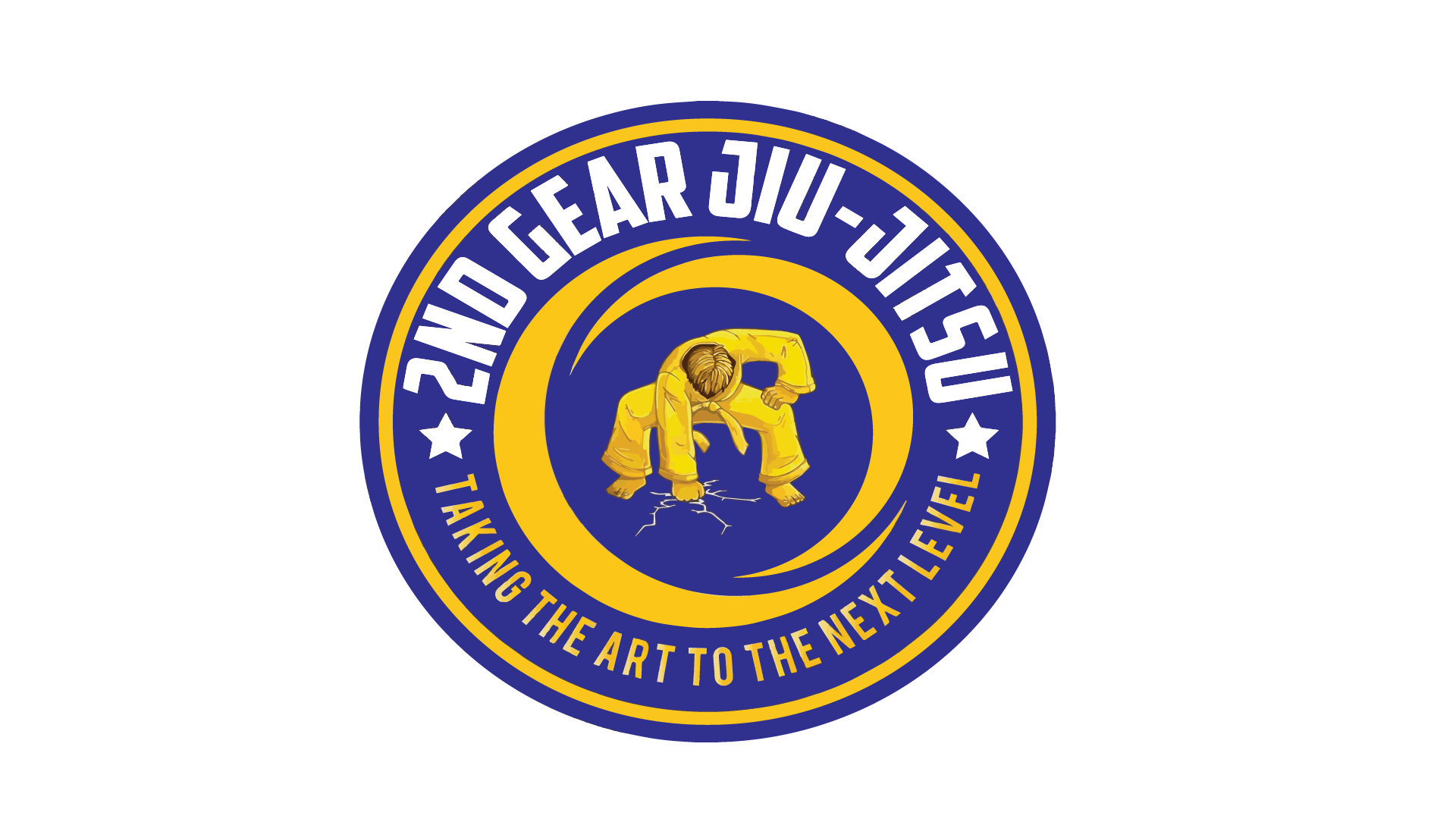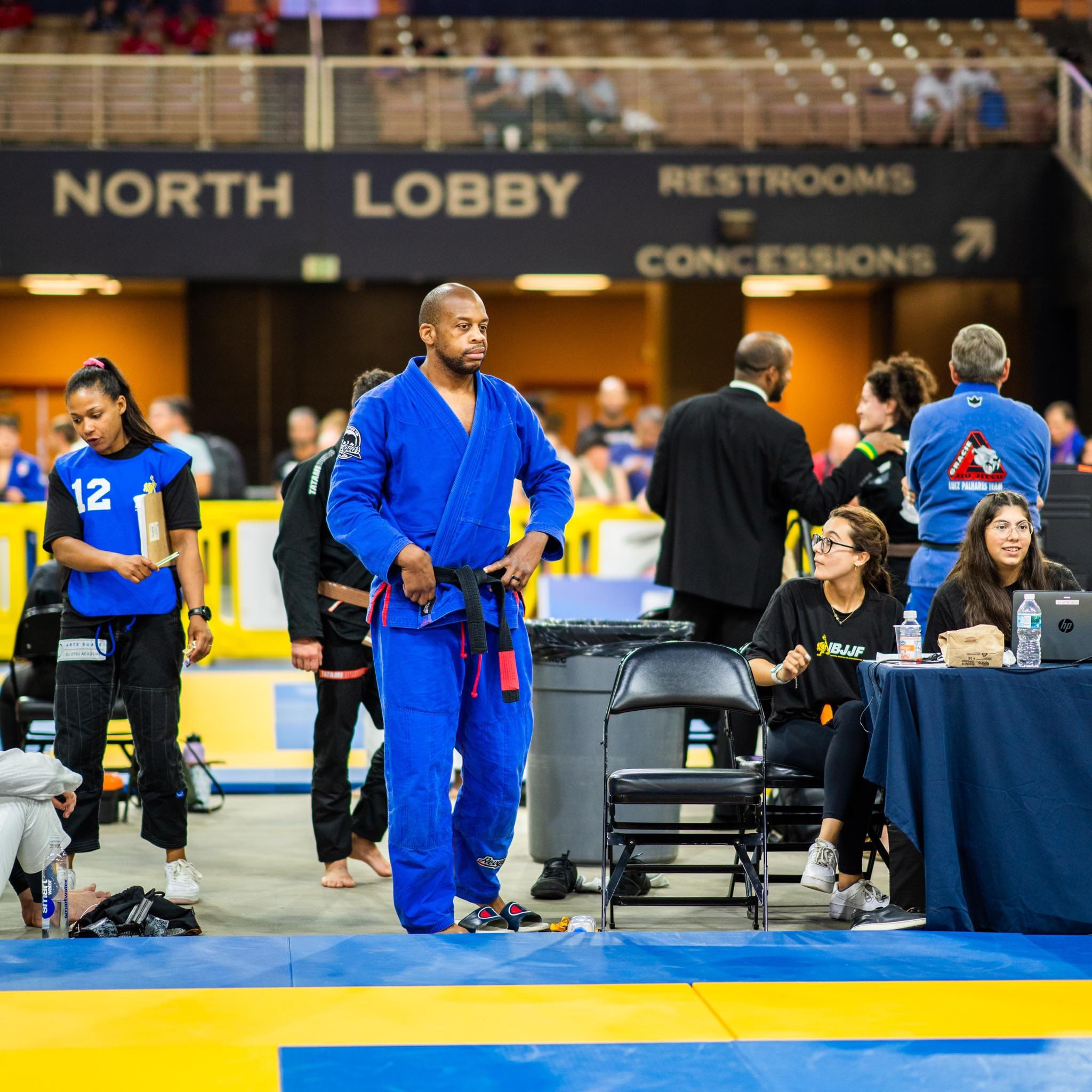The Closed Guard Offense Compendium
(This will be updated regularly with additional techniques. Updated: 01/04/2022)
Over the years, many closed guard lessons have been taught at the academy, and a few have been put on tape..
In this post, we’re going to go through those videos and add another layer of detail to each and every one of them. Hopefully this will help you improve your understanding of the position and have more success with it as well.
Let’s go.
The Pendulum Sweep
This technique is what we call a sweep.
In essence, it’s an improvement of position. We go from being on the bottom where weight can be put on us, punches can rain down, and all kinds of other bad stuff can happen to reversing the position and landing on top.
That’s not all either.
When done right, it also takes us directly to mount, which is one of the most dominant positions of Jiu Jitsu.
A few things are necessary in order for us to have success with this, though.
The first thing is that we have to control an arm, and that control must prevent opponents from touching the mat, which will minimize the force we generate for the sweep. That’s why the best case scenario is when we succeed in pulling the arm completely across the body.
A problem, though, can arise if the opponent is able to free the arm. Thus it must be locked in the position, and a great way to do that is by hugging their body tight to us, so that there is no space to pull the arm free.
Next, we have to increase our potential leverage, and shooting our free arm under their leg and jacking it up accomplishes that task well.
Then, we have to damage their structure of their position in some way. Otherwise, they’ll shift that weight back towards their heels and unlock their inner immovable rock. So first, we shift ourselves back under their center of gravity and then we rock them forward.
That’s the moment when it comes together.
It doesn’t matter if they outweighed us by twenty pounds. If we put someone in that situation, with their arm trapped, their weight rocking forward, and our whole body available for the creation of leverage, the sweep is easy.
All that matters is how effective are we at creating the necessary conditions for the technique to work smoothly.
The Scissor Sweep
In the gi, the scissor sweep is a great attack that can also be used to set up cross chokes.
More importantly, though, the structure of the traditional grip configuration allows you to both break posture and manage distance.
That stops opponents from crushing you with their weight while at the same time makes it difficult for them to retreat from the danger. How you establish that grip structure matters though. Here are some key details:
- Align your index finger slightly above the opponent’s collar bone when you set the cross collar grip. (That allows you to easily switch from strong pulling grip to a stiff arm against the jaw if necessary.)
- Establish a same side sleeve grip with your other hand. It can be four fingers over the top (cat’s paw) or an overgrip over the cuff (pistol).
- Escape your hips and bring your top leg across your opponent’s midsection. (This is important step for the scissor sweep, and it also allows you get on your side which will give you more leverage.)
- Pull the elbow of your sleeve grip arm under your body. (This creates a strong structure that reinforces your grip and makes it difficult for opponents to break.)
If you do all of those things well, the scissor sweep will naturally succeed when you scissor your legs.
The Hip Bump Sweep
The hip bump sweep is another staple of the closed guard.
And if you understand the specific conditions for its success, it still works at high levels. The key, though, lies in learning how to sit up with speed and precision. You have to learn how to angles to attack at a moment’s notice because there is a moment of opportunity whenever an opponent leans back.
Once you understand that timing element, your success will then depend on your ability to achieve the following objectives:
- Can you sit upright with the palm of your hand (not your elbow) on the mat behind you as your base?
- Can you get your arm across their body and connect your armpit to the front of their shoulder?
- Can you pull their arm into your chest and prevent them from touching the mat with it?
- Can you throw your hip into their body to knock them back then spin them like a top to put them on their back?
Those are all important objectives for achieving success with the hip bump sweep, and you can work on the first element without a partner. Just lie on your back, shift your hips to the side, bring your elbow (with the arm you want to base with) above your shoulder and then push off your elbow to build up to the upright position.
The Armbar
The armbar is one of the most effective techniques in Jiu Jitsu.
They’ve even done studies on what submissions succeed the most at the highest levels of competition, and the armbar has consistently at or near the top of that list.
Why?
Because it can be done in almost every position if we understand how it works and what we need to control in order to make it work better.
The armbar from closed guard, though, is often one of the first variation of the submission taught all across the globe, and the following objectives have to be achieved in order to have success with it:
- The opponent’s elbows must be brought to the line of our hips. (That brings them into our strike zone and makes the elbow vulnerable to attack.)
- The elbow we plan to attack must be brought across our body to our navel or past that line. (That makes it harder for opponents defend the attack once it progresses to the next stage.)
- Upper body control must be established. (This is where we bring our legs into the battle.)
- We must move towards a perpendicular angle. (It gives us the space to bring a leg around to the other side of their head and completely isolate the arm and shoulder.)
- Pressure must be applied towards the thumb of the arm being attacked. (The thumb always tell us where the elbow is.)
Now what of these objectives apply to more than just the closed guard armbar…
Hm, that’s a good question.
There are two, and they have even been given names.
The first has been called chain theory. It’s the idea that for any armbar, the two central control points are the wrist/thumb and the shoulder. Those are the ends of the chain. If we control them and immobilize all movements, the elbow will also be immobilized. That means that there will be no escape once we start magnifying the pressure on that trapped arm.
The second is the rule of the thumb, which is just the idea that the thumb will always tell you the direction that pressure must be applied. If the thumb is pointing north, our hips have to drive north.
And both rules continue to hold true.

